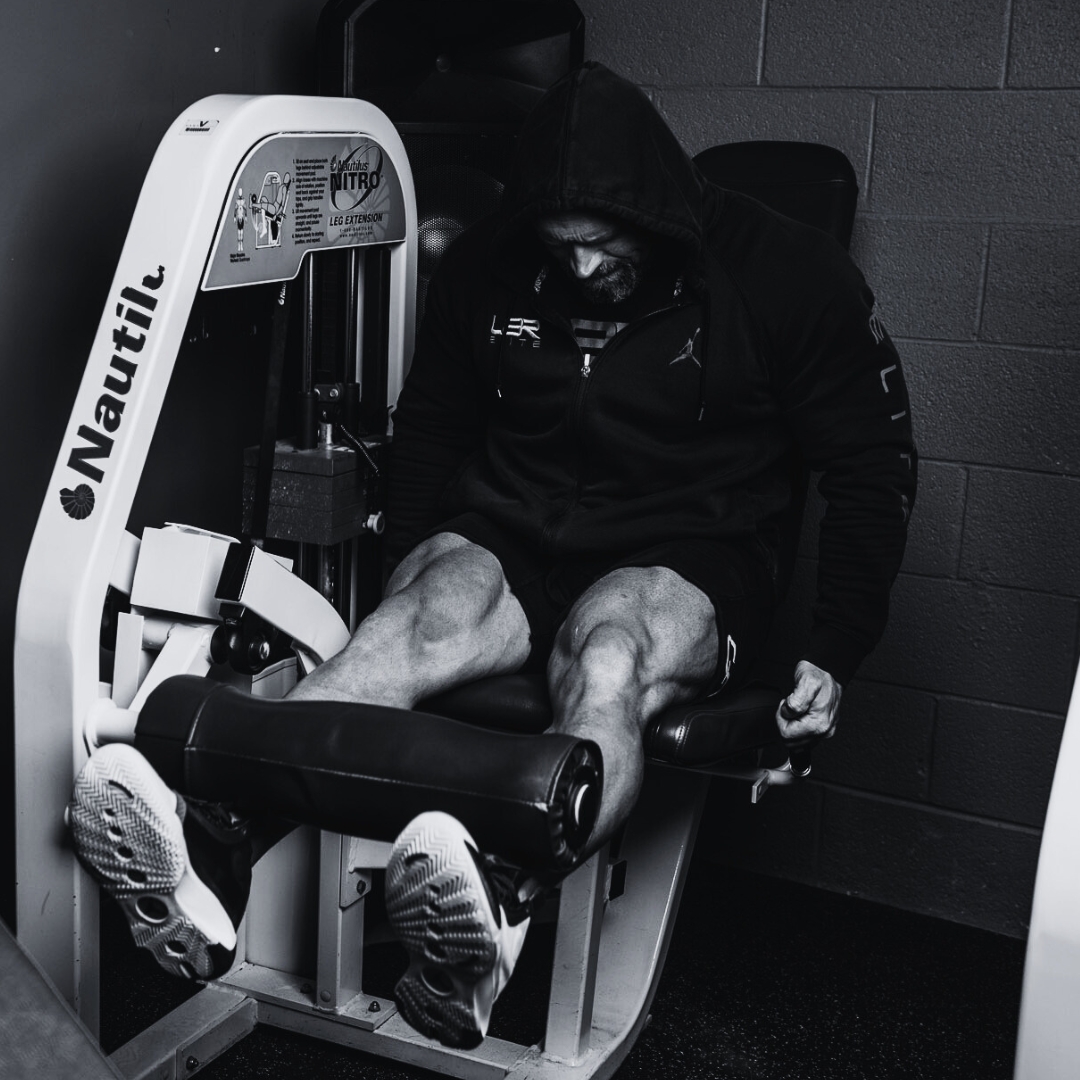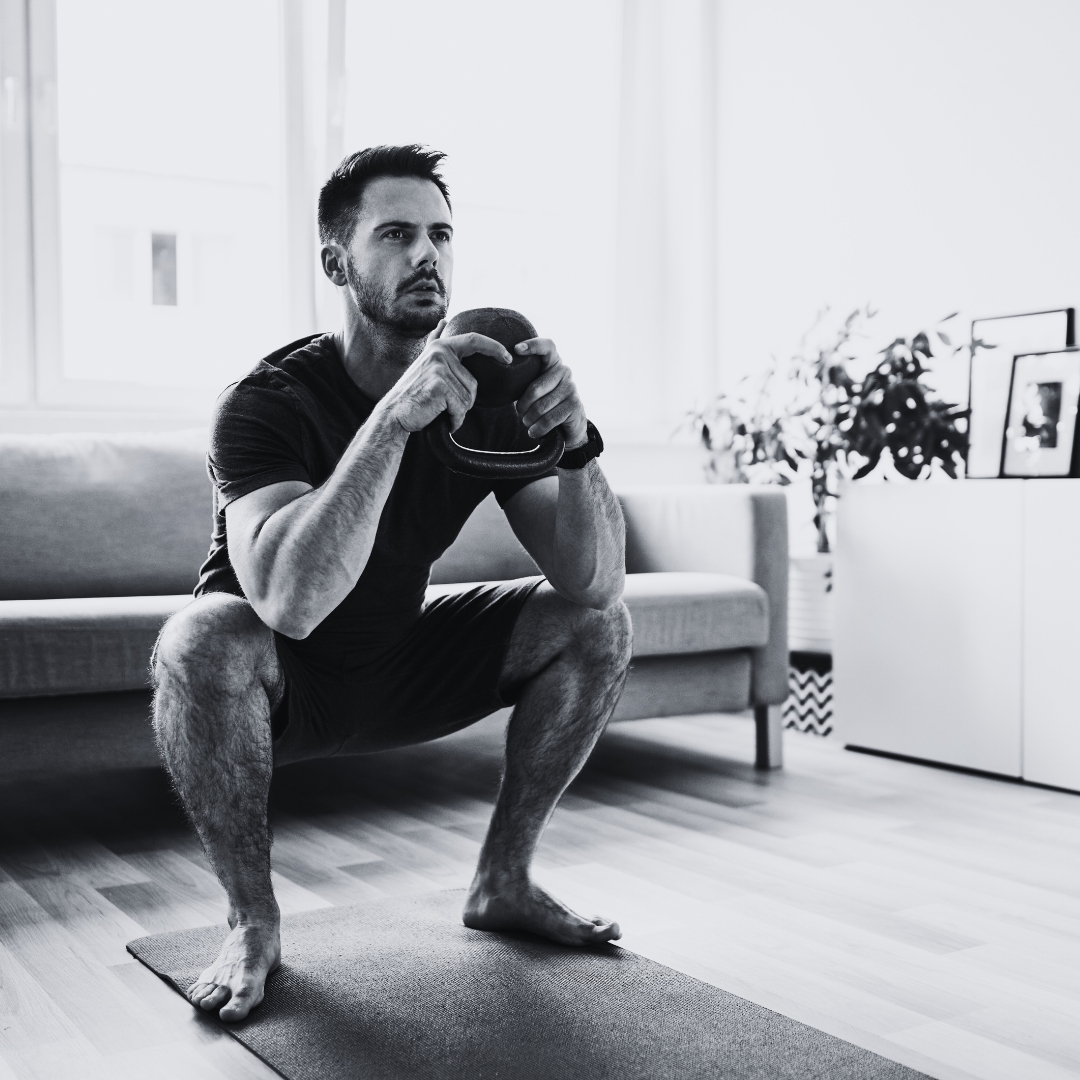One of the most common questions I hear from clients is:
"Can I get the same results working out at home as I would in the gym?"
It's a fair question. Home workouts have exploded in popularity. Primarily because of the Covid 19 pandemic.
They are convenient, private, and flexible. But when the goal is significant body transformation, building lean muscle, losing fat, and reshaping your physique. The environment you train in plays a huge role in how far and how fast you progress.
Let’s break this down so you can decide what is best for your goals...
1. Progressive Overload is the Engine of Change
Your body changes when it is forced to adapt to greater challenges. This is the principle of progressive overload.
In a gym, you can keep increasing the challenge for years. Heavier dumbbells, barbells, machines, cables, specialty attachments.
At home, most people hit their ceiling within months. Once your weights feel manageable, your only options are to add more reps or change the tempo. Those strategies work for a while, but eventually they are not enough to keep driving change.
If your goal is serious muscle development, you need access to resistance levels that challenge you for years, not just months.

2. Exercise Variety Matters More Than You Think
Your muscles grow best when trained from multiple angles with different types of resistance.
Gyms offer equipment designed to hit muscles in ways bodyweight or light dumbbells cannot replicate. A cable machine provides constant tension. A leg press allows heavy loads with joint support. Machines isolate muscles more effectively than free weights in certain movements.
At home, you are usually limited to a small set of tools - if any. That means certain muscles are never fully stimulated, which leads to slower growth and frustration.
Variety is not about boredom. It is about complete development and avoiding weak links.

3. The Research is Clear
This is not just theory.
A controlled study compared 50 gym-goers to 50 home exercisers over a four-week period. Both groups improved their waist circumference. But the gym group achieved significantly greater reductions in body fat and visceral fat, and they also saw better improvements in blood pressure.
Why? The gym environment allowed for heavier loads, more variety, and higher intensity. Exactly the conditions that produce measurable changes in body composition and health markers.
4. Intensity and Safety Go Hand in Hand
Real change happens when you train close to your limits. In the gym, spotters, safety rails, and proper equipment make it possible to push harder without risking injury.
Even in the gym this is not common for the average lifter. They do the same weights every week, with no real push to change...so their bodies don't change.
At home, most people stop short.
It makes muscle growth an uphill battle - or not even possible. Muscles never get the stimulus they need for maximum growth.

5. Environment Shapes Effort
Your surroundings influence your performance more than you think. Walking into a gym flips a mental switch. This is the place where you train, focus, and push!
At home, distractions are constant: the phone, laundry, pets, kids. Even with discipline, the atmosphere does not create the same energy. Over time, that difference in effort adds up.
Takeaway: A focused environment can add measurable intensity to every session.

6. Lower Body Training Suffers Most at Home
Don't skip leg day!
Legs respond best to heavy, compound lifts like squats, deadlifts, leg presses, and hack squats.
These movements require equipment that most people simply do not have at home.
If your leg training is limited, you lose out on one of the biggest drivers of calorie burn, metabolism, and overall strength....and home gyms usually don't have the equipment needed to maximize muscle hypertrophy.
7. Plateaus Arrive Faster
With a limited set of tools, you run out of progression options sooner. Once that happens, you either invest in more equipment or accept slower results.
In a gym, you can make small, consistent progressions for years without hitting the same wall
So, Can You Get Results at Home?
Yes. It's possible.
Any resistance training is better than none, and a smart home program can absolutely improve your fitness. But if you want faster, more dramatic, and more consistent results, a gym environment offers advantages you simply cannot replicate in most home setups.
If you have been consistent but your results have stalled, it might not be your effort. It might be your environment. Changing where you train could be the simplest way to break through your plateau.
